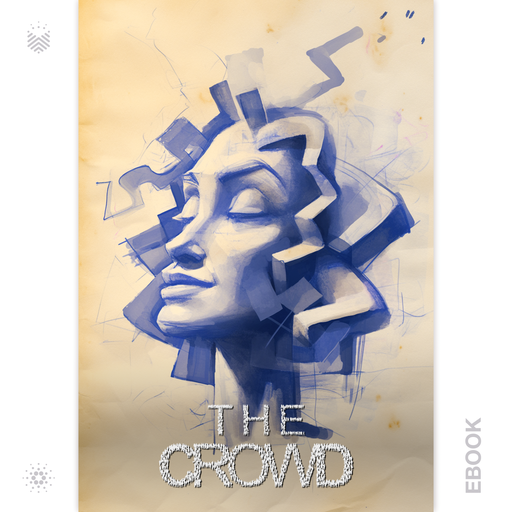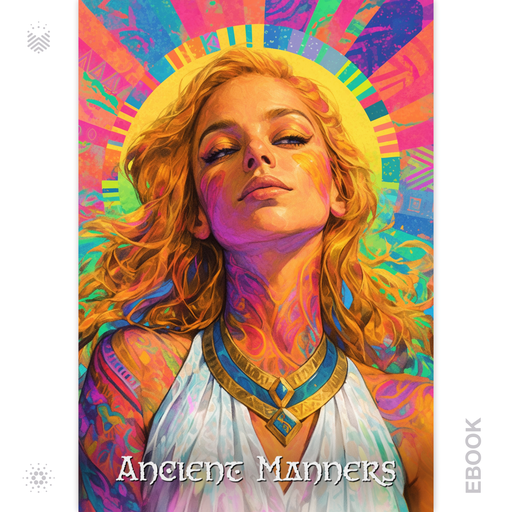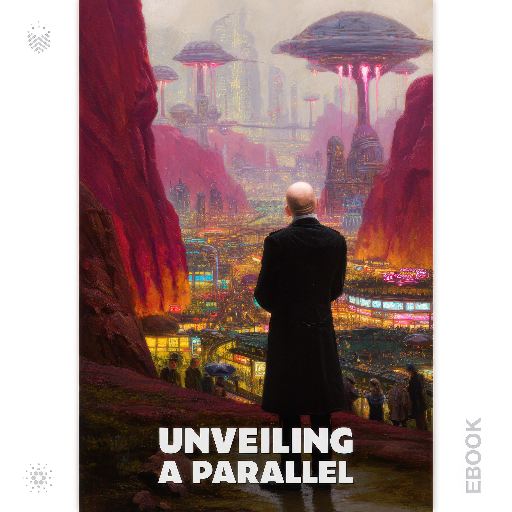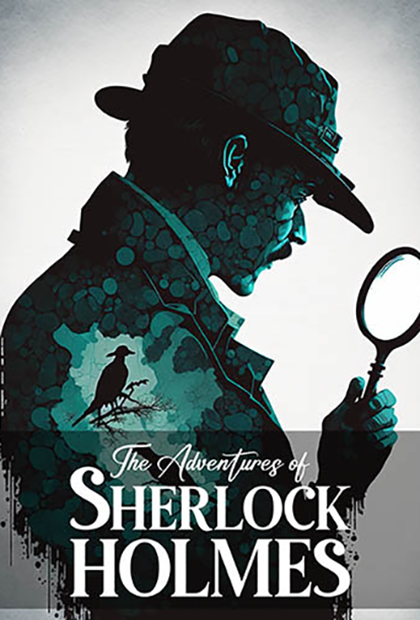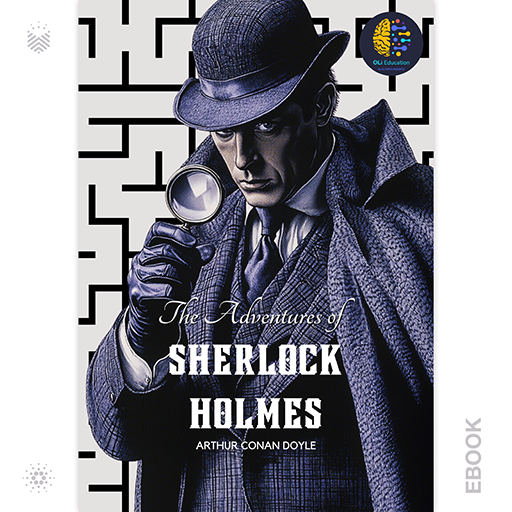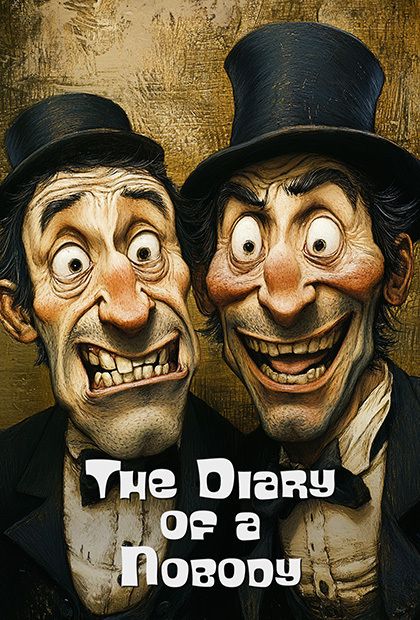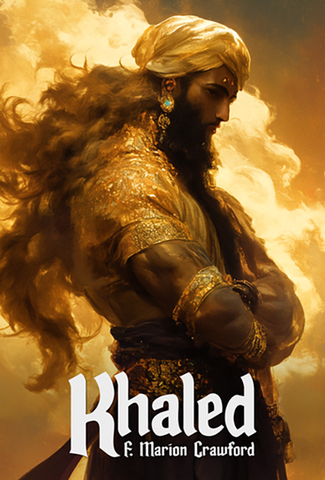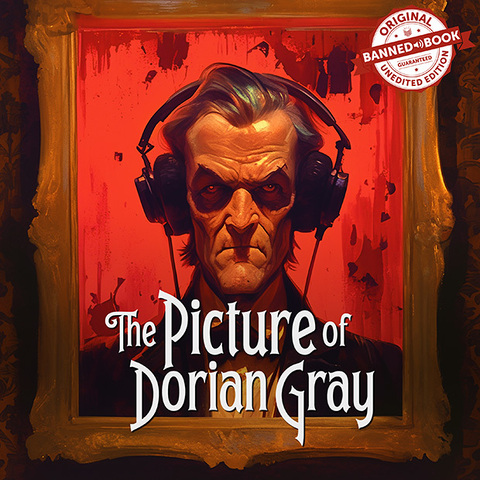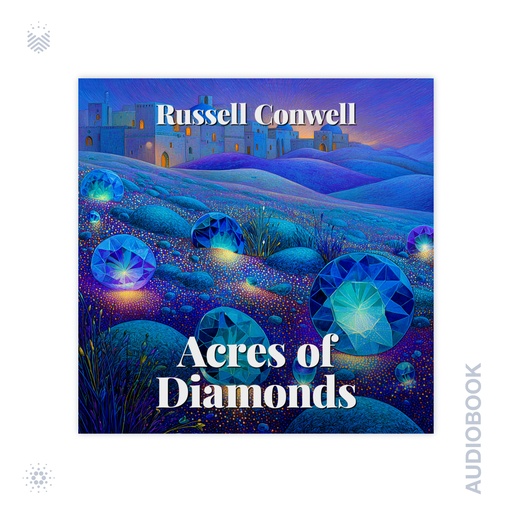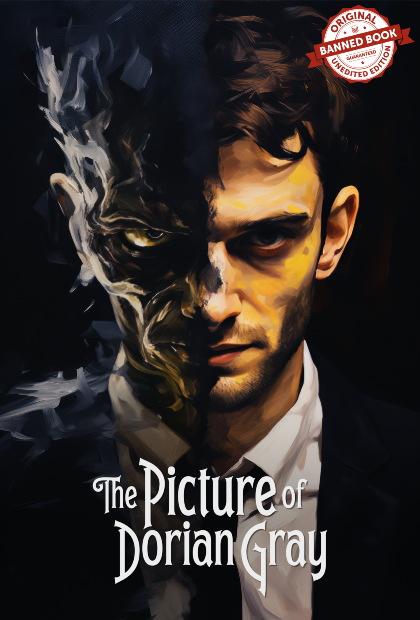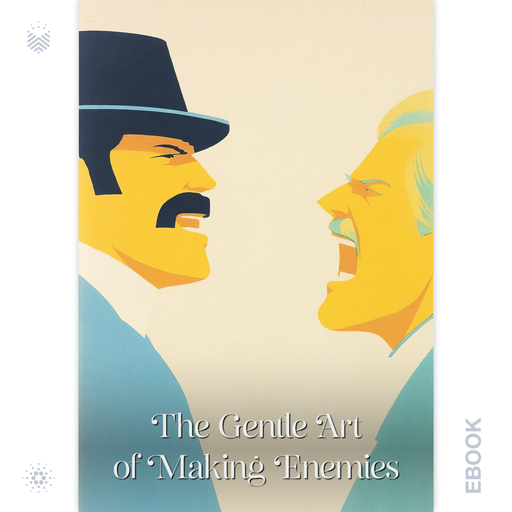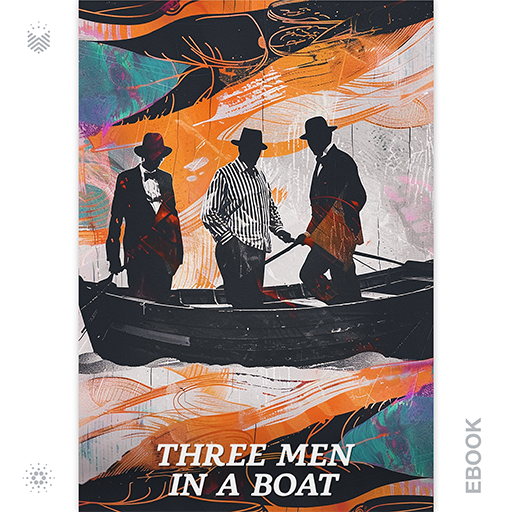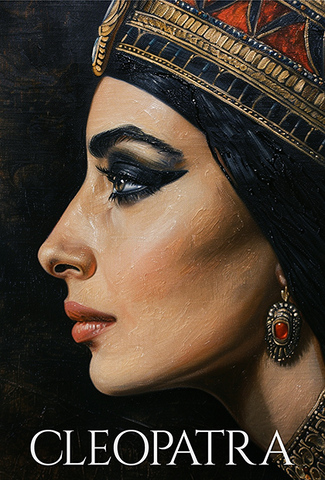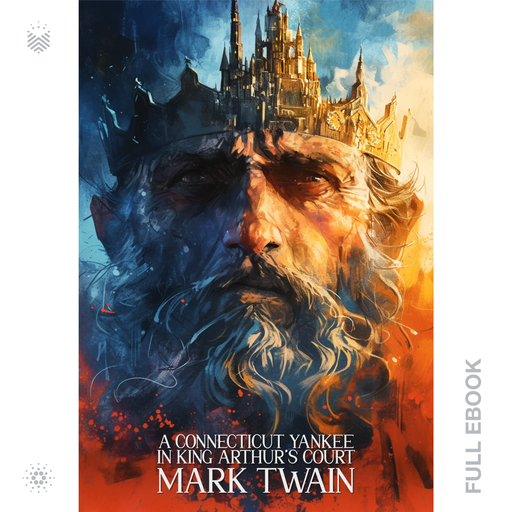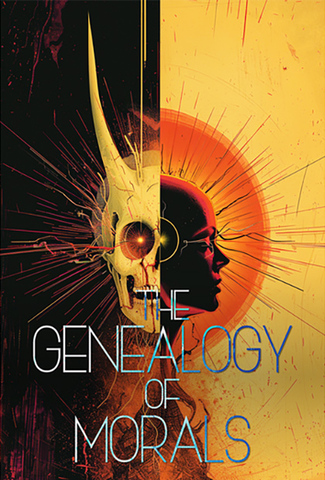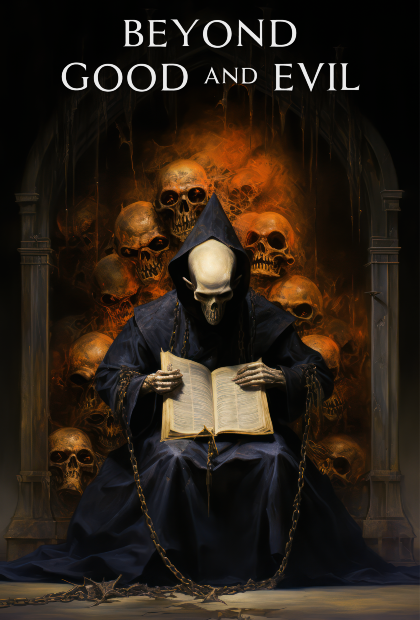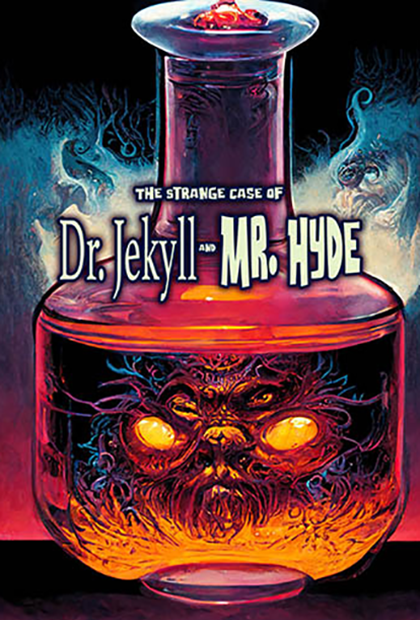by Gustave Le Bon
Gustave Le Bon’s The Crowd: A Study of the Popular Mind is a groundbreaking exploration of collective behavior and its psychological underpinnings. This influential work examines how individuals transform within crowds, revealing the dynamics that drive mass movements and societal shifts.
Read More
by Anthony Hope
The Prisoner of Zenda delivers high adventure, royal intrigue, and daring heroism in a tightly woven tale of mistaken identity and noble sacrifice. Anthony Hope drops readers into the fictional kingdom of Ruritania, where an English gentleman must impersonate a kidnapped king to save a crown and a country. The novel races with sword fights, political schemes, and impossible love, embodying the romance and swashbuckling spirit of the late 19th century.
… Read More
by Rudyard Kipling
“The Jungle Book” is a collection of stories written by Rudyard Kipling, first published in 1894. The book features a young boy named Mowgli, who is raised by a pack of wolves in the jungles of India.
The book includes several short stories, each with its own plot and characters, but all set in the same jungle environment. In addition to Mowgli and the wolves, the stories feature a variety of other animals, including Bagheera the black panther, Baloo the bear, and Shere Khan the tiger.
… Read More
by Pierre Louÿs
Pierre Louÿs’ Ancient Manners (Les Chansons de Bilitis) is a lush and provocative exploration of love, sensuality, and classical beauty, inspired by ancient Greece. Originally presented as a collection of translated poems from a lost Greek poetess, Bilitis, Louÿs’ work is in fact a masterful literary hoax—an original creation infused with the spirit of Sapphic poetry. Rich in lyrical elegance and evocative imagery, Ancient Manners celebrates themes of passion, desire, and feminin… Read More
by Alice Ilgenfritz Jones, Ella Merchant
Alice Ilgenfritz Jones and Ella Merchant wrote Unveiling a Parallel in 1893 to challenge 19th-century gender norms through speculative fiction. They used the vehicle of a Martian voyage to flip societal expectations and critique the limitations placed on women, pushing readers to question what they considered natural or acceptable in gender relations.
Read More
by Sir Arthur Conan Doyle
The Adventures of Sherlock Holmes is a collection of short stories by Arthur Conan Doyle, first published in 1892. The stories feature the detective Sherlock Holmes and his colleague Dr. John Watson, who investigates a variety of mysterious and unusual cases. Some of the most famous stories in the collection include “A Scandal in Bohemia,” “The Adventure of the Speckled Band,” and “The Adventure of Silver Blaze.”
… Read More
by Charlotte Perkins Gilman
Charlotte Perkins Gilman’s “The Yellow Wallpaper,” a seminal work of feminist literature published in 1892, immerses readers in the unsettling world of a woman grappling with confinement, mental illness, and societal oppression. Through a gripping first-person narrative, Gilman masterfully unravels the inner turmoil of a character confronted with the confines of a room adorned with yellow wallpaper. The story unfolds with haunting intensity, as her struggles against a dismissiv… Read More
by Sir Arthur Conan Doyle
Explore the iconic detective stories of Sherlock Holmes with this interactive lesson on the OLi Education platform. Delve into the key themes, characters, and literary devices that make Arthur Conan Doyle’s work a masterpiece of detective fiction. Through engaging quizzes, thought-provoking questions, and detailed character analysis, you’ll develop a deeper understanding of the text and enhance your critical thinking skills. To learn more visit: https://linktr.ee/olympusinsights
… Read More
by George Grossmith, Weedon Grossmith
Step into the hilariously mundane world of The Diary of a Nobody, where every small misstep and trivial event becomes a comedy of manners. George and Weedon Grossmith craft a timeless satire of middle-class life in Victorian England, turning the ordinary into the extraordinary.
Read More
by F. Marion Crawford
“Khaled” by F. Marion Crawford immerses readers in a mystical journey through the Arabian Peninsula, blending romance, adventure, and the supernatural. Khaled, a genie, falls in love with the beautiful princess Zehowah and wishes to marry her. He is transformed into a human, embarking on a quest to win her genuine love. Only then will he be granted a human soul, setting the stage for a series of trials and tribulations that test his newfound humanity.
… Read More
by John Philip Quinn
Published in 1890, the book provides a fictionalized account of the world of gambling and the characters involved in the practice during the mid-19th century. The novel is set in the United States and explores the consequences of gambling and the vices associated with it.
Read More
by Oscar Wilde
The Picture of Dorian Gray by Oscar Wilde is a haunting exploration of vanity, moral decay, and the pursuit of eternal youth. The novel follows the charming and handsome Dorian Gray, who, after a fateful wish, remains eternally youthful while a portrait of him bears the marks of his sins and corruption. As Dorian delves deeper into a life of indulgence and depravity, Wilde masterfully exposes the darkness lurking beneath society’s obsession with beauty, revealing the high cost of living a life… Read More
by J.M. Barrie
“My Lady Nicotine,” by J.M. Barrie, delights readers with its humor and charming depiction of Victorian-era life. The narrative revolves around the author’s profound love for smoking, particularly his devotion to his pipe and tobacco. Barrie’s wit shines through as he describes the various characters who share his passion, each bringing their own quirks and stories to the table. The book serves as a nostalgic reflection on the social rituals and simple pleasures associate… Read More
by Russell Conwell
Acres of Diamonds by Russell Conwell delivers an inspiring message about opportunity, wealth, and self-reliance, urging readers to recognize that success and prosperity often lie within their own reach. Based on his famous lecture, the book challenges audiences to look closer at their immediate surroundings and abilities rather than seeking fortune elsewhere.
Read More
by Oscar Wilde
“The Picture of Dorian Gray” is a novel written by the Irish author Oscar Wilde. It was first published in 1890 and is considered one of Wilde’s most famous and enduring works. The novel is known for its exploration of themes related to aestheticism, moral corruption, the nature of beauty, and the consequences of indulgence.
The story revolves around the character of Dorian Gray, a young and handsome man living in Victorian-era London. Dorian becomes the subject of a portrait painted by hi… Read More
by James McNeill Whistler
James McNeill Whistler confronts his critics head-on in The Gentle Art of Making Enemies, combining sharp wit, aesthetic theory, and personal defense. He structures the book around his infamous libel case against critic John Ruskin, transforming it into a bold declaration of artistic independence and a caustic critique of the art establishment. Whistler does not plead for approval—he challenges it, mocking convention and defending his reputation with unapologetic elegance.
… Read More
by Jerome K. Jerome
“Three Men in a Boat” by Jerome K. Jerome is a classic comedic novel first published in 1889. It is a comedic masterpiece that chronicles the misadventures of three friends as they embark on a boating holiday along the Thames River. Jerome, who also serves as the narrator, weaves a tale filled with witty observations and humorous reflections on the peculiarities of Victorian society. Accompanied by Jerome’s mischievous dog, Montmorency, the friends navigate a series of humoro… Read More
by H. Rider Haggard
“Cleopatra” by H. Rider Haggard is a historical novel published in 1889. Set in the ancient world, it blends historical facts with Haggard’s flair for adventure and romance. The story follows Harmachis, a young Egyptian prince destined to overthrow the Greek Ptolemaic dynasty and restore native rule to Egypt. His journey is fraught with danger and intrigue as he navigates the treacherous political landscape of ancient Egypt, where alliances shift like sand dunes in the desert.
… Read More
by Mark Twain
“A Connecticut Yankee in King Arthur’s Court” is a novel written by American author Mark Twain. It was first published in 1889. The novel is a satirical work that combines elements of science fiction, time travel, and social commentary.
Read More
by Friedrich Nietzsche
In Friedrich Nietzsche’s seminal work, “The Genealogy of Morals,” readers are plunged into a philosophical exploration of the origins and development of moral values. Nietzsche challenges conventional notions of morality and traces its evolution from its primitive roots to its modern manifestations. With piercing insight and provocative rhetoric, he delves into the psychological, cultural, and historical forces that shape human ethics, offering a radical critique of traditional… Read More
by Friedrich Nietzsche
“Beyond Good and Evil” is a philosophical book written by the German philosopher Friedrich Nietzsche. It was first published in 1886. The full title of the work is “Beyond Good and Evil: Prelude to a Philosophy of the Future”
The book is structured as a series of aphorisms, short paragraphs that express philosophical ideas or observations. In “Beyond Good and Evil,” Nietzsche critiques traditional moral and philosophical concepts, challenging established notions of truth, morality, r… Read More
by Robert Louis Stevenson
This is the sixth release in the Book.io Classics: Monster Editions. First published in 1886 by Robert Louis Stevenson, the book is a famous piece of English Literature and is considered to be a defining book of the gothic horror genre. The novella has had a lasting impact on culture, making the phrase “Jekyll and Hyde” used to describe people who are outwardly good, but hide dark secrets of their true nature.
… Read More
by Robert Louis Stevenson
The Strange Case of Dr. Jekyll and Mr. Hyde, first published in 1886, remains one of literature’s most gripping explorations of the duality of human nature. Robert Louis Stevenson masterfully weaves a tale of a well-respected scientist, Dr. Henry Jekyll, who creates a potion to separate his good and evil sides, unleashing the monstrous Mr. Edward Hyde. As Jekyll’s struggle with his dark alter ego intensifies, the story delves into the terrifying consequences of unchecked desires and the … Read More
by Friedrich Nietzsche
Beyond Good and Evil challenges conventional notions of morality and truth, diving into the complexities of human existence, power dynamics, and individual freedom. Nietzsche confronts philosophical dogmas and societal constructs with boldness, inspiring readers to question the very foundation of their beliefs.
Read More

